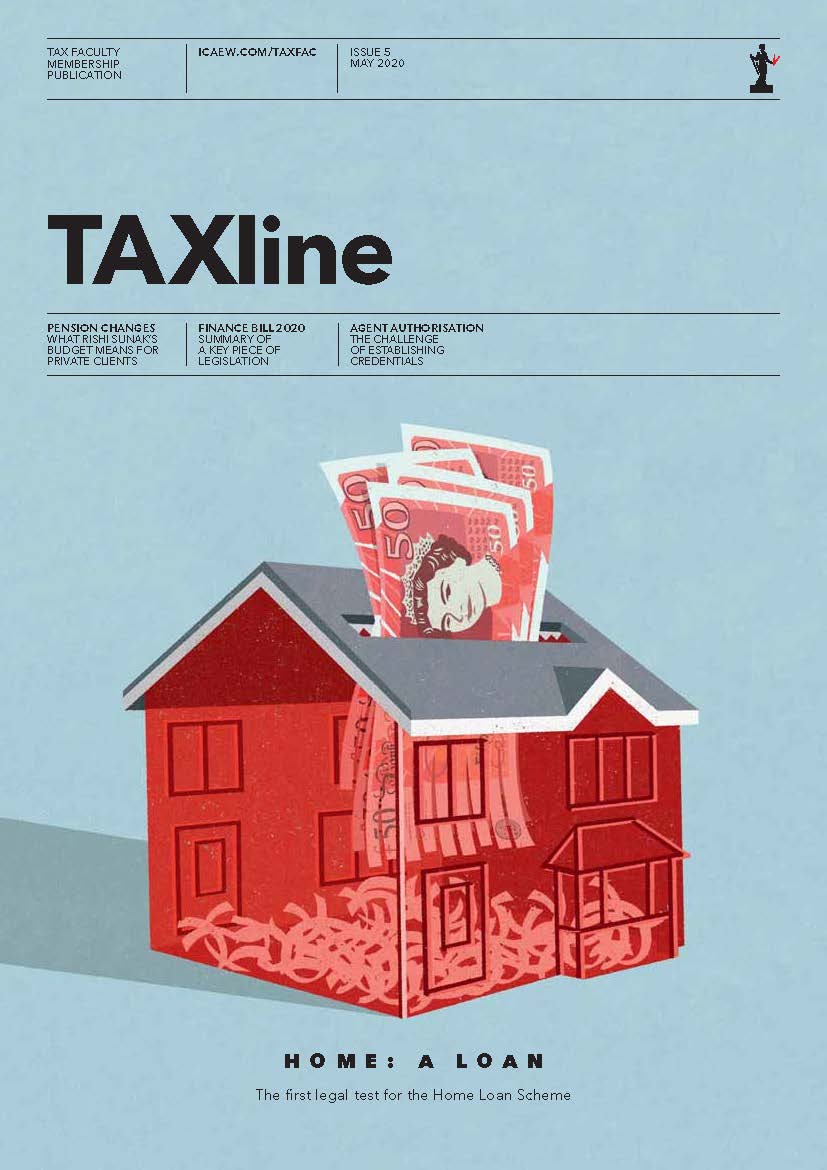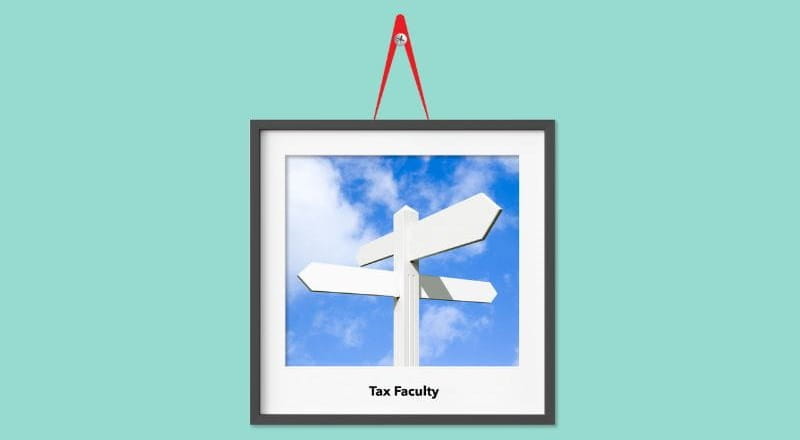An international study conducted in 2018-19 by Australian and international universities working in collaboration with KPMG sheds some light on this question. It shows that the most significant sources of compliance burden in the UK lie in VAT policy goals incorporated in the legislation, rather than in its administration. The main areas of concern highlighted in the study include the widespread use of concessions and the simplification schemes for small businesses.
Troublesome concessions
A major source of complexity in UK VAT is the widespread use of concessions in the form of the reduced rate (5%), the zero rate and exemptions.
This has been the source of disputes concerning the often bizarre distinctions and ambiguous boundaries between supplies subject to different rates or treatment (taxable vs exempt). This is particularly the case for food, giving rise to arcane issues as to whether, for example, brownies, tea cakes and snowballs should be characterised as zero-rated cakes or standard-rated confectionery, or whether a manufactured potato snack, in contrast to a traditional crisp, is a type of zero-rated food. These problems are no doubt exacerbated by the constant development of new products that do not fit neatly into the pre-existing categories designed when the UK adopted VAT in the 1970s.
Additional costs may arise for taxpayers making bundled sales with multiple elements (with each element, had it been supplied separately, subject to a different tax treatment). In these circumstances, taxpayers have to determine whether multi-element supplies should be characterised as mixed supplies (supplies that can be severed into different components for VAT purposes) or composite supplies (supplies comprising different elements but considered to be single supplies for VAT purposes).
Exemptions can also give rise to a further compliance burden in terms of calculating entitlement to input tax deductions when businesses, known as ‘partially exempt businesses’, make both exempt and taxable supplies. As deductions for input tax are only allowed where an input is used to make a taxable supply, these businesses must track the application of all inputs to apportion the use of inputs between taxable and exempt supplies. Additional costs can arise where the business, subject to the approval of HMRC, uses an alternative method for apportionment.
Special regimes for SMEs
Another key contributor to the compliance burden are the many special regimes in VAT designed, ironically, to simplify tax compliance for small and medium-sized enterprises (SMEs). The special regimes used in the UK fall into three main categories:
- less frequent filing and payments (to simplify filing and payment obligations);
- optimal cash or payment basis accounting (to provide cash-flow benefits to small businesses); and
- ‘presumptive’ regimes (to facilitate the calculation of VAT liability), such as the flat rate scheme (FRS).
The FRS allows eligible enterprises to opt for a predetermined input tax entitlement, removing the need to record input tax on all acquisitions. A single flat rate is applied to the total (VAT-inclusive) turnover to determine the amount of tax to be remitted to HMRC. The rate varies across industries and is set on the basis of estimates of the average input tax entitlement of businesses making particular types of supplies in each industry. Set below the standard rate, the flat rates are designed to equal the tax that would be imposed under the standard rate less the input tax credits that each industry group would be expected to claim
The UK regime has 55 different flat rates. The more categories of supplies, the more accurate the estimated tax may be. However, the greater number of categories also impacts on the complexity of the regime and the resultant compliance burden as taxable persons need to classify their supplies across many borderlines.
Enterprises with lower than average input purchases for their classification of business realise a benefit from the scheme while those with higher than average inputs would suffer if they adopted the simplified formula. Small businesses therefore have an incentive to calculate their liabilities both under the ordinary VAT system and the FRS, a process that inevitably increases their compliance burden, and opt in to the scheme only when it provides a financial advantage.
The FRS provides an excellent example of a regime that is intended to simplify but in practice generates considerable complexity.
Looking to the future
As modern VAT systems such as those used in Singapore and New Zealand demonstrate, a largely concession-free broad-based VAT can be imposed at a much lower VAT rate. The abolition of multiple concessional regimes could open the door to a more economically efficient and less distortionary low-rate VAT complemented by a much more efficient targeted support regime for low-income persons who would be disadvantaged by a broader VAT system.
Dr Yige Zu, Associate Professor in Tax Law, Durham University, and Richard Krever, Professor, The University of Western Australia.
A longer version of this article can be found inTAXline, the ICAEW Tax Faculty members’ content hub.
Latest on VAT
The Tax Faculty
ICAEW's Tax Faculty is recognised internationally as a leading authority and source of expertise on taxation. The faculty is the voice of tax for ICAEW, responsible for all submissions to the tax authorities. Join the Faculty for expert guidance and support enabling you to provide the best advice on tax to your clients or business.



